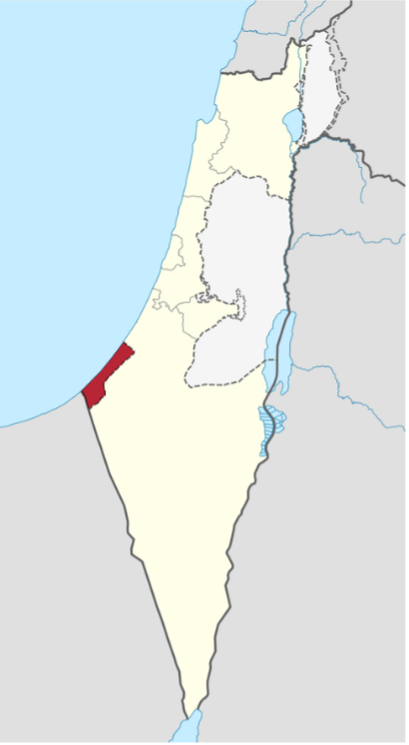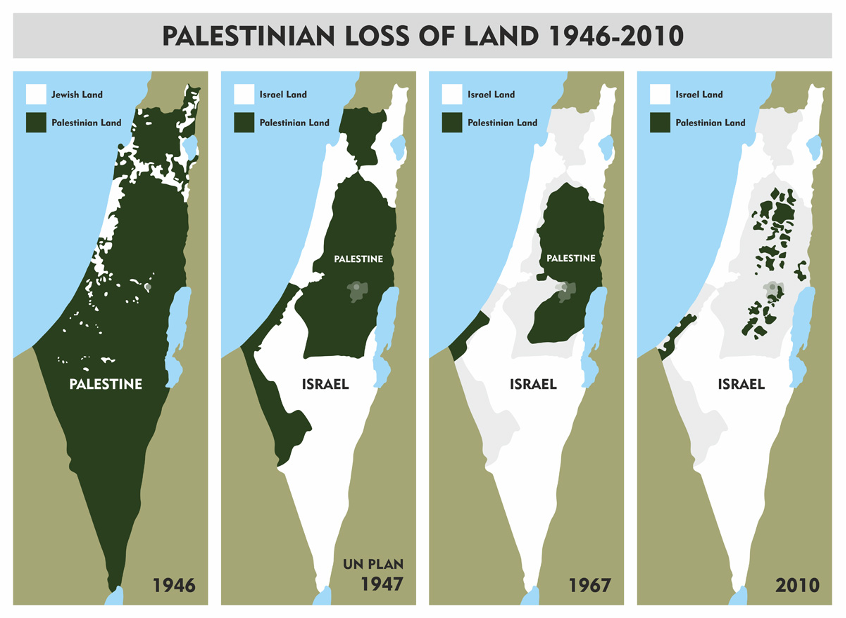WRITTEN BY Emilia Liesmäki
A Comparative study on the two autonomies
This blog describes the differences between the two self-governments in Finland. From the context of social exclusion, this blog, together with my next blog, aims to raise awareness of the unequal possibilities for social identity forming within these autonomies by examining the decision-making power of the autonomies and their relationship to their land.
The first blog explores the disparity between Finland’s two autonomies, geographically and related to their status as a minority group in Finland. It can be viewed that autonomy has been more favorable to the other, especially thinking of the relationship to their language. The second blog looks at these self-governments from the perspective of the inhabitants’ relationship with the land and its meaning to their social identity. The residents’ contact with the land can be seen as linked to decision-making power and, therefore, a critical factor in forming social identity in these self-governments.
As a mainland Finn who has moved to Åland, my position has provided an excellent vantage point for observing the local culture from the outside. The move has also made me a representative of the Finnish-speaking minority in Åland, which has broadened my understanding of the experiences of Swedish-speaking Finns. In my studies on social exclusion, I have already had time to study the Sámi people in several courses. I am particularly interested in access to mental health care for minority groups that could consider their linguistic and cultural background. These comparative blogs bring a geographical and autonomy-related perspective to the subject if I continue to explore the topic later.
Even if the closest comparable international examples to Åland are the Danish autonomous regions of Greenland and the Faroe Islands, the following blogs will discuss and compare Finland’s autonomies to bring light to the internal inequalities still existing in Finland. By identifying the dissimilarities, I wish to contribute to the social exclusion research in Finland. After all, Finland is perceived as a model country for democracy and human rights, as Tanja Aitomurto puts it. [1]
Characteristics of the autonomies and factors affecting social identity
The characteristics of Finland’s autonomies can contribute to a sense of belonging among their inhabitants and thus to a stronger sense of social identity. Finland has two different types of non-territorial self-government arrangements, acknowledged differently in structure and scope, aiming to promote the identity of two distinct minority groups: the cultural autonomy for the Sámi and the functional autonomy for Swedish speakers. [2] The self-governing province of the Åland Islands is located on the southwest coast of Finland. Åland is a demilitarized and unilingual Swedish-speaking region of Finland with over 30,000. [3] Although Swedish speakers in Finland are not considered a minority in the constitutional sense, speakers of one of the two national languages, Swedish speakers are a minority from the perspective of international human rights law. [4] This allows me to study these groups from the social exclusion perspective as minority groups and not only as autonomies of Finland. Instead, the Finnish Sámi are an officially recognized minority of Finland, the only indigenous people in the European Union. The status of the Sámi was enshrined in the Constitution in 1995. The Sámi have the right to maintain and develop their language, culture, and traditional livelihoods. There are about 10 000 Sámi in Finland. The Sámi do not share a common language because nine Sámi languages are spoken in their traditional homelands in Finland, Norway, Sweden, and Russia. [5] Sámi land can be defined as the area where there are Sámi, Sámi culture, and Sami-speaking people. Traditionally, this area stretches from central Norway and Sweden across Finnish Lapland to the Kola Peninsula.
Factors influencing social identity
Since the two autonomies have different dimensions, it is considered that both are surrounded by an invisible border, which in one case limits and the other reinforces the social identity formation of its inhabitants. The central idea of the social identity theory is that our identity is not only personal but also social based on our group memberships. The distinction between inner and outer groups is crucial for structuring the social world. Humans have a natural tendency to classify groups. We also tend to see our group positively, which is a very natural idea. When we identify, we produce our identity, and when we identify with a group, we value our group and our identity by comparing it to other groups.[6] In the example of Åland, because the sea is between the land and the continent, there is almost a concrete frontier from Finland that has made Åland prosper. Whereas in the case of the Sámi, it is almost forgotten that the Sámi inhabited Fennoscandia before the Finns. [3] This imaginary border unravels the process of social identity formation. Considering language, for example, the Sámi were limited to using their language due to assimilationist policies in Finland from the mid-19th century until the 1980s. [3] Signifying that The Sámi has not had time to develop their relationship with their language and identity for very long. While in Åland, Swedish has had a unilingual position since independence, so there is no requirement to offer services in any other language, either in Finnish. This is of great importance in terms of services, especially social- and health services. In Finland, mental health services are almost impossible for Sámi speakers. Statistics prove that many Sámi is even at the risk of death. One reason may be that help is not easily accessible, especially in the Sámi language or based on Sámi culture. The Finnish Arctic rail project is another example that shows that the Sámi issues are still marginalized. The Sámi were not consulted during the start-up phase by the Sámi Parliament. [7] This would suggest that Finland still maintains exclusionary politics. Retta Toivanen clarifies that state regulation of reindeer herding, fishing, and other activities that are part of the traditional way of life of the Sámi can also be viewed as a bit of interference in Sámi affairs. It could be seen as exclusion “through law and order, whether it is laws regulating reindeer husbandry, fishing or education”, but also as exclusion “in the social-psychological field of creating ‘the other’ against which Finnish identity could be built”. [8]
As for comparison, a recent article notices that the self-government has allowed Åland to flourish; it has let Åland develop in peace on its terms. Furthermore, Ålands autonomy acts as a framework to activate and mobilize residents and create new cooperation and organization forms. The autonomy that has existed since 1920/1922 has its law-making powers. [1] In 2019, the healthiest Finns lived in Åland and the coastal municipalities of Western and Southern Finland. [9] Additionally, the unemployment rate in Åland is usually around 2-4%, so the lowest in Finland has risen during the pandemic. [10] The stable position that the self-government has managed to create has undoubtedly impacted the social identity of the people. In extensive reportage on Åland by Helsingin Sanomat is noted that in a hundred years, the Ålanders have developed a solid and distinctive identity. “We are first and foremost Ålanders.” Says Mats Adamczak in the report. [11] Åland has also attracted attention with its successful autonomy model, which protects the minority. Politicians, reporters, and researchers have studied Åland’s autonomy as a potential solution even to conflicts. “Many of the armed conflicts currently underway around the globe are internal struggles in countries with some minority issue. – -. Looking for alternatives to nation-building, countries turn their eyes towards Åland, whose autonomy is perceived as a compromise between independence and total integration.” [9]
Decision-making power affects
I see that the Ålanders, as a minority, have not suffered from the feeling of alienation in Finland to the same extent as the Sami. The conditions have been favorable for Ålander’s social identity to be formed into a cohesive unit. They have not had to constantly expend energy defending their rights as a minority, such as getting services in their language. From the relational perspective to social exclusion, social reality results from an unequal balance of power between social groups, nation-states, and global regions, contributing to unequal goods and services. [12] Connected to this, power is viewed here as tied to Åland’s capacity to develop itself as autonomy. On the opposite, the Sámis has not had such power within its cultural autonomy because states’ ultimate decision-making limits it. Suksi notes that the Sámi Assembly has no law-making powers and almost no administrative powers.[5] According to Toivanen, those excluded from a national identity-building process and bestowed a position of being the ‘other’ in the setting of a generally accepted national unity constitute the segment called minorities. There are different kinds of minorities, and their relationship to the segment deemed the majority varies: whereas some are closer to power, others are heavily marginalized. Thus, power relations prevent each other from realizing themselves in the same way. [11]
Although this is a comparative study, we are beginning to see that these minorities also have something in common – namely, a connection to the land, which can be observed to mirror the development of the social identity of these self-governments. The following blog will discuss this in more detail.
REFERENCES:
[1] Aitomurto, T. (5.2.2019.) Suomalaiset tietävät liian vähän saamelaisista. Helsingin Sanomat.
[2] Mariya Riekkinen and Markku Suksi, “The Sámi Assembly in Finland”, Online Compendium Autonomy Arrangements in the World, November 2019, at www.worldautonomies.info.
[3] Ministry For Foreign Affairs of Finland.
[4] Suksi, M. (2008). Functional Autonomy: The Case of Finland with Some Notes on the Basis of International Human Rights Law and Comparisons with Other Cases. International Journal on Minority & Group Rights, 15(2/3), 195–225. https://doi-org.ezproxy.vasa.abo.fi/10.1163/157181108X332604
[5] The Sámi Parliament.
[6] Matikainen, J. (2020.) Sosiaalisen identiteetin näkökulma vuorovaikutukseen. Keynote-puheenvuoro Vuorovaikutuksen tutkimuksen päivillä 18.–19.9.2020.
[7] Mikkonen, N. (25.8.2017.) Mielenterveydestä puhuminen on Suomen saamelaisille usein mahdottomuus – “Moni kokee olonsa nurkkaan ajetuksi”. Yle uutiset.
[8] Toivanen, R J 2015 , From Ignorance to Effective Inclusion: The Role of National Minorities within the Finnish Consensus Culture . in P A Kraus & P Kivisto (eds) , The Challenge of Minority Integration : Politics and Policies in the Nordic Nations . , 7 ,
[9] STT. (27.6.2019.) Kuntien väliset erot sairastavuudessa kärjistyvät – terveimmät asuvat Ahvenanmaalla.
[10] Andersson, H. (20.8.2021.) Ahvenanmaa – erilainen satavuotias. Tilastokeskus.
[11] Lyytinen, J. (23.6.2021.) Å luokan kysymys. Helsingin Sanomat.
[12] Mathieson, J., Popay, J., Enoch, E., Escorel, S., Hernandez, M., Johnston, H., & Rispel, L. (2008). Social Exclusion and Health Inequalities. In Social Exclusion: Meaning, Measurement and Experience, and Links to 6. The impact of social exclusion 40 Health









